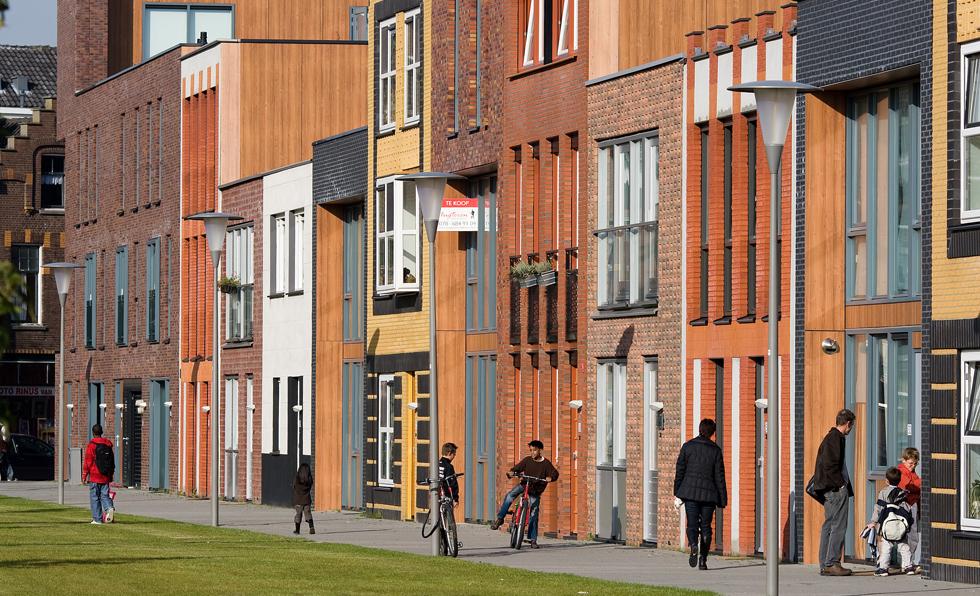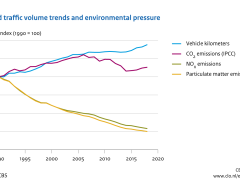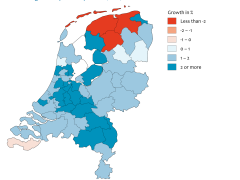
Spatial developments
Accessibility, defined as the distance between place of residence and place of work, has improved marginally over the past decade, but the average speed of cars and trains has decreased marginally. More locations are easily accessible by public transport, but population and employment have risen most rapidly in locations situated in the vicinity of motorways. The quality of life appears to have improved, but flood protection does not meet the standards.
The editors have selected the most important indicators. Together, they provide a picture of the current state of spatial developments.

